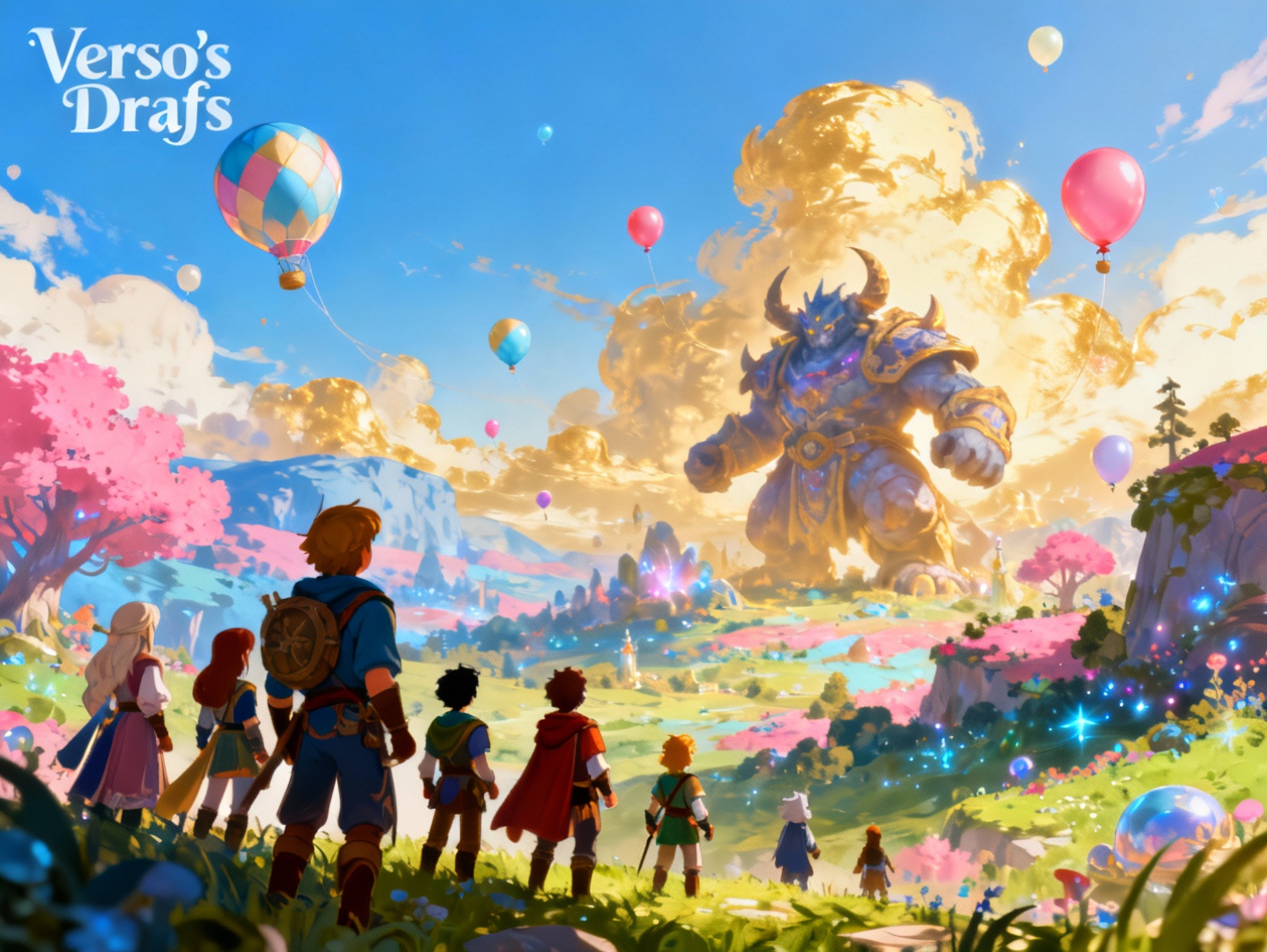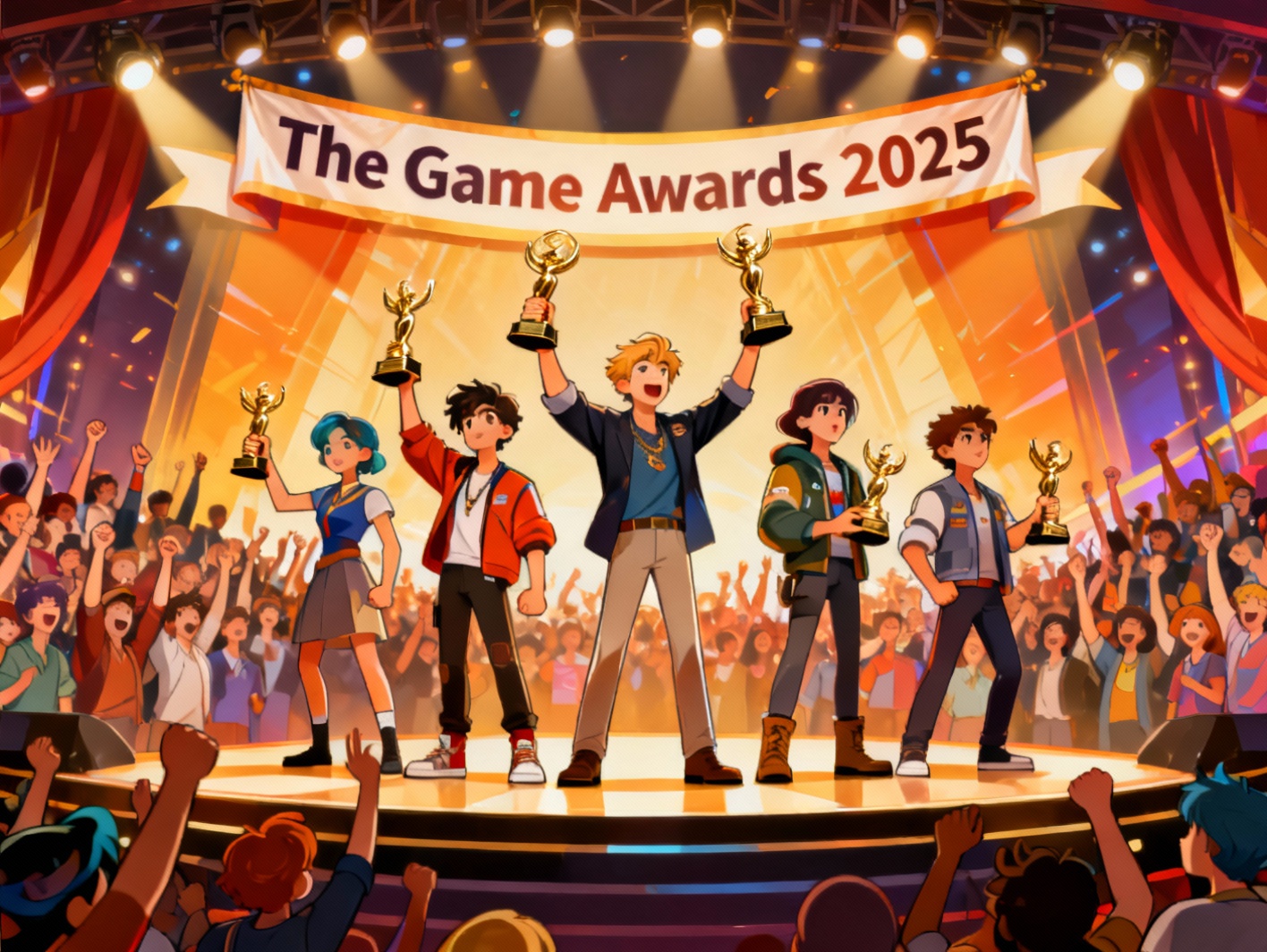Table of Contents
The gaming industry is undergoing an exciting transformation, fueled by the rapid rise of user-generated content (UGC). This movement is redefining how games are made, distributed, and experienced. Players are no longer just consumers; they are creators, influencers, and integral parts of the gaming ecosystem. These shifts aren’t just technological—they’re cultural. Game studios, once seen as the sole gatekeepers of content, must now adapt to a landscape where creativity bubbles from the community itself. In this article, we explore how UGC is reshaping the industry, from creator-driven platforms to new distribution models and media expansion strategies.
The Rise of User-Generated Content in Gaming
The prevalence of user-generated content (UGC) has grown dramatically in recent years, becoming a dominant force within the gaming world. A staggering 80% of gamers now engage with UGC in some form, whether by creating mods, designing maps, or simply playing community-crafted experiences. Nearly half the creators are also reporting increased commitment to content production compared to the previous year.
This behavioral shift is especially pronounced among younger players, who are digital natives accustomed to interactive platforms and creative freedom. For them, gaming isn’t just about playing—it’s about constructing their own narratives and leaving a mark within the digital spaces they inhabit.
For developers, this demands a shift in design philosophy. Instead of static games, players now expect sandboxes rich with tools for expression. Studios must foster creative ecosystems, not just deliver polished gameplay. This deep integration of UGC also boosts longevity and engagement, encouraging repeated play and community building around shared content. As UGC continues to expand, studios that can effectively harness this creative energy are gaining strategic advantages.
Platform-Style Games: Catalysts for UGC Growth
Platform-style games are at the heart of the UGC boom. These games are more than products—they’re ecosystems that empower players to create, distribute, and monetize their own content. Roblox and Fortnite have emerged as two of the most influential examples setting this trend.
Roblox has become a breeding ground for budding game developers. Its easy-to-use creation tools and built-in monetization systems have enabled even teenagers to earn meaningful income. In 2023 alone, Roblox paid out hundreds of millions to community developers, a figure that grows each year. Similarly, Fortnite’s Creator Economy 2.0 pays contributors based on engagement, rewarding creators who build compelling experiences inside the larger game world.
These games blur the lines between developer and player. Their success lies in placing community creativity at their core, offering structured yet flexible tools that scale with user ambition. Around these platforms, vibrant social spaces are forming—where gaming intersects with branding, education, and entertainment. Here, brands collaborate with creators to build worlds, run events, and drive real marketing results. These platforms aren’t just games anymore—they’re becoming virtual economies driven by innovation from the ground up.
Impact on Traditional AAA Studios
Traditional AAA studios are facing mounting pressures in a landscape reshaped by UGC-powered platforms. High development costs, sprawling production timelines, and shrinking profit margins are making it harder for large studios to remain agile. Games that once took three to five years to develop are now competing with community-built experiences that can go viral within weeks—and at a fraction of the cost.
Player expectations are shifting quickly. Many gamers prefer dynamic, evolving ecosystems with regular updates and player-driven narratives over linear, static experiences. Independent developers agile enough to tap into this trend are seeing rapid success by embracing community-first design concepts and flexible monetization paths.
Moreover, the democratization of development tools such as Unity and Unreal Engine has lowered the barrier to entry. Passionate communities can now produce content that rivals professional studios in quality. Meanwhile, large publishers often remain constrained by legacy systems, hierarchical decision-making, and risk-averse strategies.
The challenge for AAA studios is not just operational—it’s philosophical. They must rethink their value proposition and consider whether parts of their content can be community-augmented. Those who ignore this cultural shift risk falling behind as UGC-enabled competitors rapidly iterate, engage, and expand in new directions.
Direct-to-Consumer Distribution: A New Paradigm
Changing player behavior and content discovery habits are driving a notable shift towards direct-to-consumer (DTC) distribution in gaming. Today’s players increasingly discover new titles through online creators, influencers, and social media instead of traditional channels like platform stores or review sites.
To capitalize on this, developers are launching their own web stores, bypassing middlemen and retaining a greater share of revenue. These stores offer not just savings, but an opportunity to deepen direct relationships with their communities. Developers can communicate updates, offer exclusive content, and personalize the experience far more effectively than through crowded digital storefronts.
This approach also empowers studios to harness data, understand player behavior, and build loyalty. Combined with UGC integrations, DTC models support the emergence of creator economies where developers and fans co-create experiences and share in the success.
Ultimately, game discovery is now social. When fans share gameplay, mod showcases, or custom levels on platforms like YouTube or TikTok, they drive organic interest that paid advertising can’t replicate. DTC models, supported by creator visibility, are allowing studios—especially independents—to thrive by cutting through the noise and speaking directly to their audience.
Cross-Media IP Expansion: Beyond the Game
Gaming is no longer confined to consoles or PCs—it’s a cultural juggernaut that spans multiple entertainment formats. Major franchises are capitalizing on this by expanding their intellectual property (IP) into other media, from film and television to novels, comics, and merchandise.
Roughly a quarter of gamer media consumption is focused on game-related IP. Whether it’s watching a Netflix adaptation, streaming lore-based content on YouTube, or following character arcs in comics, players are engaging with their favorite games beyond gameplay itself. This transmedia strategy feeds back into core game engagement, deepening emotional connections and creating additional entry points into the game world.
Franchises like The Witcher, League of Legends, and Halo demonstrate the commercial and cultural value of cross-platform storytelling. These expansions introduce new audiences to the universe, generate additional revenues, and foster loyalty.
For developers, investing in transmedia strategies means considering game lore, character depth, and storytelling not only within the game but as a narrative universe capable of expanding across various formats. It’s about creating IPs strong enough to live on in multiple forms, each enriching the gaming experience over time.
Future Outlook: Embracing UGC for Sustainable Growth
To fully unlock the benefits of user-generated content, developers must integrate UGC elements early in the development cycle. Rather than treating player creation as an add-on, leading studios are embedding creation tools directly into the game’s fundamental design. This ensures a smoother and more rewarding creative experience for players—encouraging content production, community sharing, and long-term replayability.
Games that prioritize UGC need to provide intuitive tools and clear support systems. Tutorials, templates, and ongoing updates are essential to foster a thriving creator ecosystem. Additionally, smart monetization strategies—such as revenue sharing or in-game rewards—can incentivize high-quality content and sustain creator interest.
Building safe, moderated environments is equally important. Community management frameworks must be designed with scalable moderation tools to prevent abuse and support positive interaction. This contributes to a welcoming space where innovation can flourish.
Developers should also view UGC not only as a creative option but also as a business model. Content created by users drives engagement cycles that fuel in-game economies and extend the product’s lifecycle. When done right, UGC transforms a finite experience into an expandable platform with virtually unlimited potential.
Conclusions
User-generated content is no longer a niche—it’s a defining feature of modern gaming. As players take on roles as creators and collaborators, games become more than entertainment—they become shared experiences shaped by the community. Developers who understand this shift and embed UGC into their core strategy can unlock new forms of engagement, build passionate ecosystems, and tap into sustainable business opportunities.
The future of gaming lies in co-creation. Whether you’re a major studio, an indie developer, or a solo creator, embracing UGC is key to remaining relevant, resilient, and ahead in an industry evolving faster than ever before.










